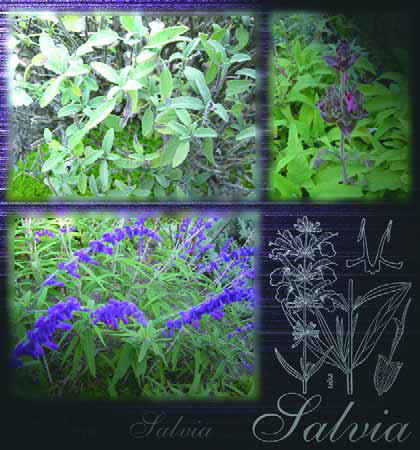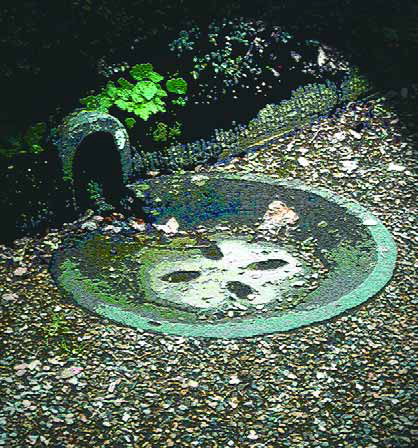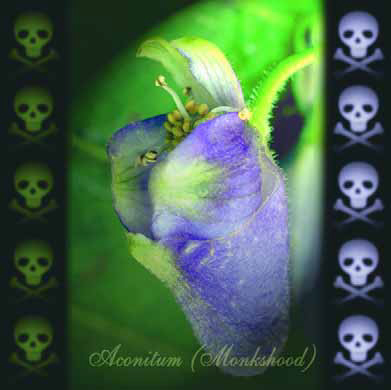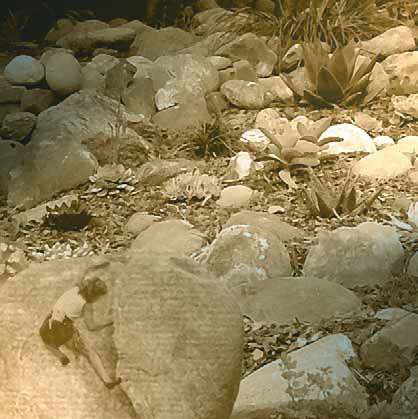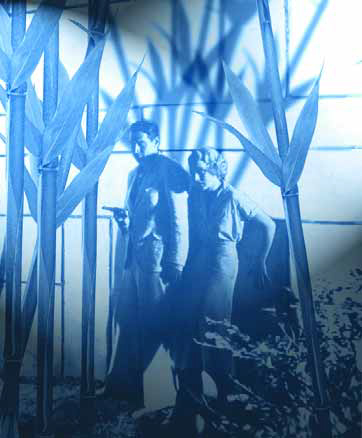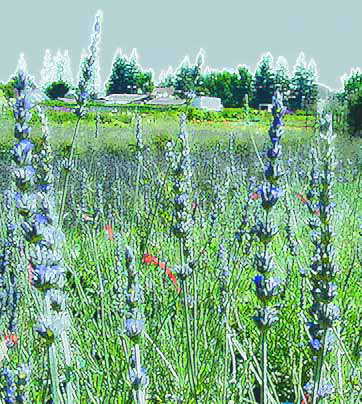Landscape, Plants, Hardscape & Decks
Next to the water itself, concrete is the most important and widespread of materials used in watershaping. Not only is it instrumental in creating the structures that contain water as well as the substructures that support them, concrete is also the stuff of which faux-rock panels, pre-cast or poured-in-place coping, pavers, all manner of stamped or textured decks and poured-in-place or block walls are made. Despite its omnipresence, however, concrete remains one of the most misunderstood of all watershaping materials in this sense: Because it is so durable in basic structural applications, there's a tendency to
In preparation for creating plant palettes for my projects, I typically spend hours poring over my Sunset Western Garden book. I thrive on finding plants I haven't tried before, and I look especially for those I haven't seen in anyone's garden. Before I'll try any of these discoveries out on someone else, however, I'll pick up a sample plant and bring it home to my own garden - part science project, part proving ground to see how the plants perform away from the nursery. I've had many successes through the years and probably as many failures, but I learn something from every attempt. What I sometimes find are plants that are
Some people seem to believe that designing is all about reinventing the wheel every time they go to work on a new project or need to create a new detail of some kind. Truth is, however, that most great design ideas and details are derivative of things that have been done before. This is why I'm such a strong advocate for education - especially the sort that involves venturing out into the world and seeing things with your own eyes. You can see pictures of things in books and watch slide shows in classrooms, and that's extremely valuable for the way it opens your eyes to
As a designer, I've always sought out exceptional finish materials to use in my projects. My background is in fine arts, and I've worked in the design/build business for years, creating high-end exterior and interior spaces and taking pride in finding surfacing products that excite my clients and beautify the work. Operating in south Florida, however, I kept running into so many limitations on what was available that it had the effect of limiting my creativity. Natural stone can be hard to come by in adequate supply where I live, for instance, and as much as I like tile, it doesn't fill the bill for every job. Anything's available at a price, of course, but even
I found a new "favorite" plant last summer. It's called Dalechampia dioscorefolia, otherwise known as the Costa Rican Butterfly Vine. Its stunningly beautiful, exotic flowers were unlike those on any of the vines I typically see at nurseries and easily earned a place in my disorganized (and experimental) backyard garden. Given its unique beauty, I placed it on a trellis directly outside my bedroom window so I could see it every day and observe its progress. After a few months of growth, it was still quite floppy and had not wrapped itself around places high enough on the trellis for my liking. So one Saturday, I went out and wrestled apart many of the branches of the vine that had wrapped around themselves and set them up to reach
Natural stone is certainly beautiful, says watershaper Paolo Benedetti, but sustaining that beauty often means taking steps in the installation process to ensure easy maintenance and enduring protection of the stone's exposed surfaces. Here, in the first of a series on enhancing the appearance and durability of hardscape materials found around watershapes, he takes a look at the family of chemicals designed to seal in the splendor of stone.
Rocks are, in my opinion, among the most versatile of all elements that can be added to landscape designs. As was discussed in my last column, they can be used to add texture or dimension or retain soil; they can also be used to add background or hide eyesores, and there are myriad other uses creative designers can find for them. Of course, different design styles call for different uses of rocks, stones and pebbles. An Asian garden, for example, might use them to simulate or represent water or mountains in a landscape, while the very same stones used in a cottage or natural setting might serve no purpose beyond providing a place to sit or a focal point that
If I were to ask the average watershaper to name the most versatile element in any landscape, he or she would probably reply by talking about water or plants or some other equally prominent component. If you asked me the same question, however, I'd almost always say rocks. Some of you might be thinking I have a few too many of them rolling around loose in my head, but there's a good explanation for my response. First, rocks come in an infinite number of forms, shapes, compositions, colors, textures and sizes. Second, they can be used to sit on, walk on, retain hillsides or create small mounds. Third, they add dimension to designs and contribute in countless other ways to the
Few plants have been written about, lingered over and so passionately associated with fragrance, healing and serenity as lavender. Beyond stunning beauty of the sort seen in the vast purple fields of Provence, lavender has spread worldwide, leaving a trail of exquisite aroma and touching everything from our imaginations to our health. Some say lavender has pain-killing, antiseptic and skin-rejuvenating properties and that it's great for toning skin, fighting acne and soothing burns and cuts. This versatile plant is used as well to infuse perfumes, oils and soaps, and I know from my own experience that it makes a great marinade for lamb and adds











